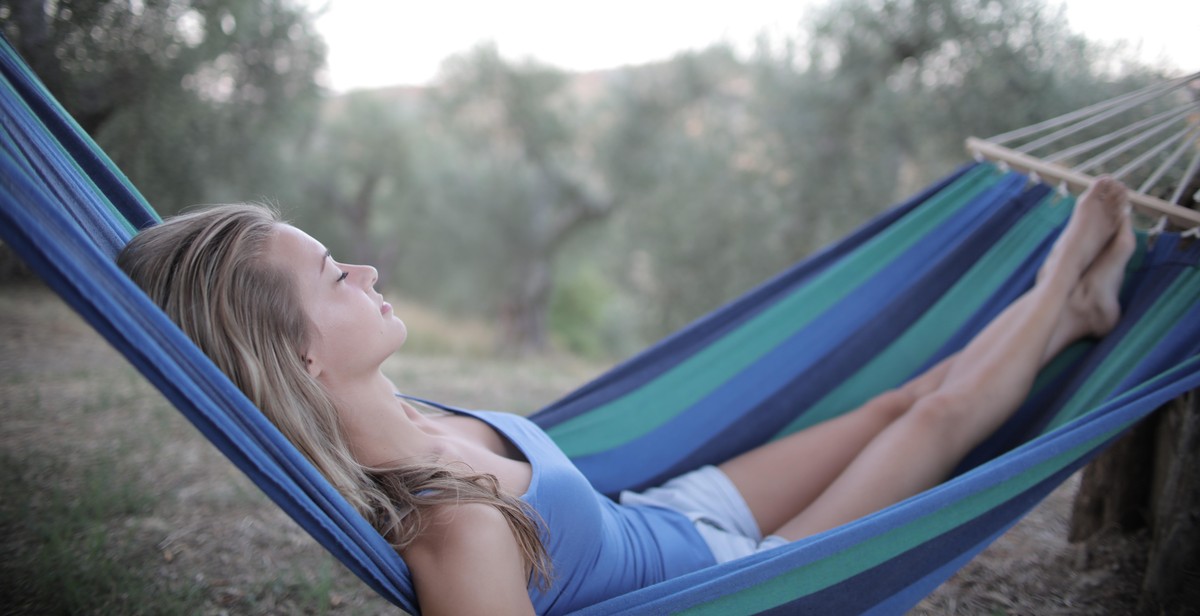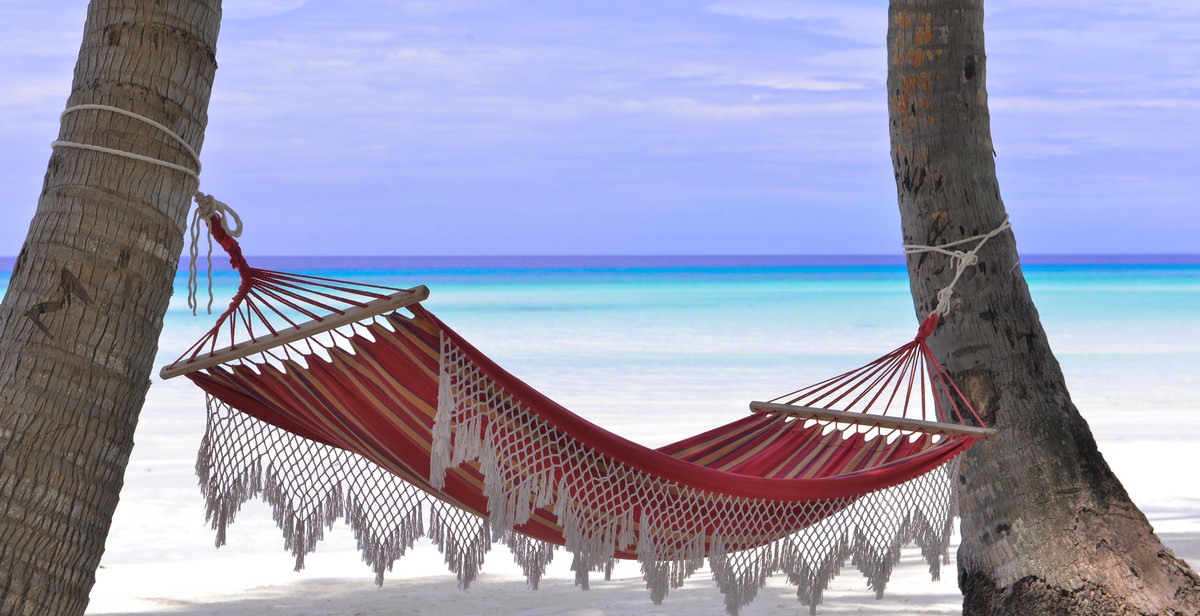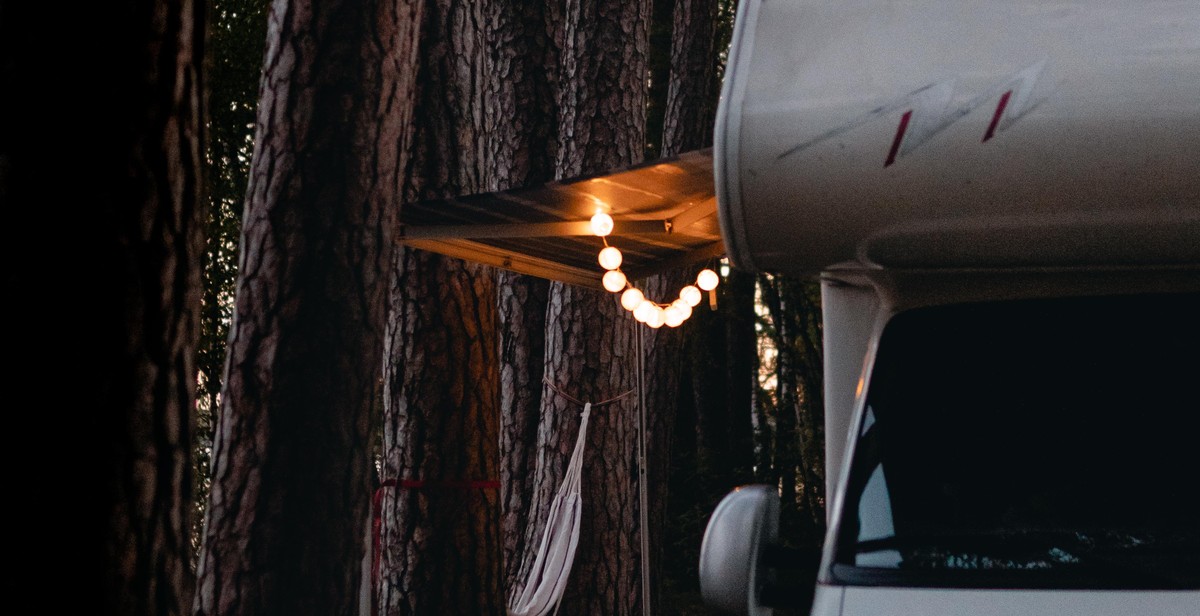How to Hammock Camp: Tips for Sleeping Outdoors in a Hammock
Hammock camping is becoming increasingly popular among outdoor enthusiasts. It is a lightweight, comfortable, and versatile alternative to traditional tent camping. However, hammock camping requires a different approach to gear selection, setup, and sleeping habits. In this article, I will share my personal experience and tips on how to hammock camp.
Why Hammock Camping?
Hammock camping offers several advantages over traditional tent camping. First, it is much lighter and more compact. A hammock, tarp, and suspension system can weigh as little as 2-3 pounds, compared to a tent that can weigh 5-10 pounds or more. Second, hammocks are more comfortable than sleeping on the ground. They contour to your body, eliminate pressure points, and provide a gentle rocking motion that can help you sleep better. Third, hammocks are more versatile. You can set them up almost anywhere, even in places where tents are not practical, such as rocky terrain or steep slopes.
Choosing the Right Gear
Choosing the right gear is crucial for a successful hammock camping experience. You will need a hammock, a tarp, a suspension system, and insulation. There are many options available on the market, and the choice depends on your budget, preferences, and the conditions you will encounter.
- Hammock: Look for a hammock that is comfortable, durable, and easy to set up. Consider the weight capacity, the length and width, and the material (nylon or polyester). Some popular brands are ENO, Grand Trunk, and Hennessy Hammock.
- Tarp: A tarp is essential for keeping you dry and protected from the elements. Look for a tarp that is large enough to cover your hammock, easy to set up, and made of a waterproof material (silnylon or polyester). Some popular brands are Warbonnet, Hammock Gear, and Dutchware Gear.
- Suspension System: A suspension system is what attaches your hammock to the trees. Look for a system that is adjustable, easy to use, and tree-friendly (no damage to the bark). Some popular brands are Atlas Straps, Whoopie Slings, and Tree Huggers.
- Insulation: Insulation is necessary to keep you warm in cooler temperatures. You can use an underquilt (attached to the bottom of your hammock), a top quilt (similar to a sleeping bag), or a sleeping pad (placed inside your hammock). Look for insulation that is lightweight, compressible, and appropriate for the temperature range you will encounter. Some popular brands are Hammock Gear, Enlightened Equipment, and Therm-a-Rest.
Setting Up Your Hammock
Setting up your hammock requires some practice and knowledge. You will need to find two sturdy trees that are about 12-15 feet apart (depending on the length of your hammock). Make sure the trees are alive, healthy, and at least 6 inches in diameter. Avoid using dead or weak trees, as they can break and cause injury.
Once you have found your trees, attach your suspension system to each tree at a height of about 6 feet. Then, attach the hammock to the suspension system using the carabiners or hooks provided. Adjust the tension and height of your hammock according to your preference and the terrain. Finally, attach your tarp to the suspension system above your hammock, making sure it covers the entire length and width of your hammock.
With these tips and some practice, you can enjoy a comfortable and memorable hammock camping experience. Happy hanging!

Why Hammock Camping?
Hammock camping has become increasingly popular in recent years for a variety of reasons. Here are a few of the top reasons why you should consider hammock camping:
Comfort and Convenience
One of the biggest advantages of hammock camping is the comfort it provides. Unlike sleeping on the ground, hammocks provide a comfortable and supportive sleeping surface that contours to your body. This can help alleviate pressure points and reduce back pain. Additionally, hammocks are incredibly easy to set up and take down, making them a convenient option for backpackers and campers who want to save time and energy.
Better Sleep
Hammocks also provide a better quality of sleep than traditional tents or sleeping bags. This is because hammocks gently rock you to sleep, which can help you fall asleep faster and stay asleep longer. Additionally, hammocks are elevated off the ground, which means you don’t have to worry about rocks, roots, or other uncomfortable obstacles getting in the way of a good night’s sleep.
Versatility
Hammocks are incredibly versatile and can be used in a variety of settings. From camping in the woods to lounging in your backyard, hammocks can provide a comfortable and relaxing place to rest. Additionally, hammocks are lightweight and easy to carry, making them a great option for travelers who want to take a nap on the beach or relax in a park.
Overall, hammock camping is a great way to enjoy the outdoors in comfort and convenience. Whether you’re an experienced camper or just starting out, hammock camping is definitely worth considering.

Choosing the Right Hammock for Your Camping Needs
When it comes to hammock camping, choosing the right hammock is crucial to your comfort and safety. There are several factors to consider before making your purchase, including size and weight capacity, material and durability, and accessories.
Size and Weight Capacity
The size and weight capacity of your hammock are essential to ensuring a comfortable and safe sleeping experience. Hammocks come in various sizes, from single-person to family-sized, and weight capacities can range from 250 to 1000 pounds. If you plan to camp alone, a single-person hammock with a weight capacity of at least 300 pounds should suffice. If you plan to camp with a partner or family, consider a larger hammock with a higher weight capacity.
Material and Durability
The material and durability of your hammock are also critical factors to consider. Look for hammocks made from high-quality materials such as nylon or polyester, which are both lightweight and durable. Some hammocks also come with added features such as insect netting or rainfly to protect you from the elements.
Accessories
Accessories can enhance your hammock camping experience, making it more comfortable and convenient. Look for hammocks with built-in pockets for storage or attachment points for gear. Mosquito nets, rainfly, and insulation pads are also helpful accessories to consider, especially if you plan to camp in different weather conditions.
| Size | Weight Capacity | Material | Accessories |
|---|---|---|---|
| Single-person to family-sized | 250 to 1000 pounds | Nylon or polyester | Mosquito nets, rainfly, insulation pads, built-in pockets, attachment points |
Choosing the right hammock for your camping needs can make all the difference in your outdoor experience. Consider the size and weight capacity, material and durability, and accessories before making your purchase.

Setting Up Your Hammock
Setting up your hammock correctly is crucial to ensure a comfortable and safe night’s sleep. Here are some tips to help you set up your hammock:
Choosing the Right Location
Choosing the right location is key to a successful hammock camping experience. Look for a spot that is flat, dry, and free of any obstacles. Avoid setting up your hammock near dead trees or branches that could fall on you during the night. Also, consider the weather conditions and choose a spot that offers some protection from the wind and rain.
Finding the Right Angle
The angle of your hammock is essential to your comfort. Your hammock should be hung with a 30-degree angle to the ground. This angle will allow you to lie flat and prevent you from sliding out of your hammock during the night. To achieve this angle, adjust the height of your suspension straps. If your hammock is too tight, you will feel cramped, and if it’s too loose, you will feel like you’re sleeping in a banana shape.
Suspension System
The suspension system you choose will determine how easy it is to set up your hammock and how secure it is. There are various types of suspension systems available, including straps, ropes, and webbing. Straps are the most popular option as they are easy to use and won’t damage trees. Make sure to choose a suspension system that is strong enough to support your weight and the weight of your gear.
| Tip: | Practice setting up your hammock at home before your camping trip. This will help you get familiar with your gear and avoid any frustrations when you’re out in the wilderness. |
|---|

Sleeping Comfortably in Your Hammock
One of the main reasons to hammock camp is the ability to sleep comfortably in nature. However, achieving a good night’s rest in a hammock requires some preparation and knowledge.
Getting the Right Angle
The most important factor in sleeping comfortably in a hammock is getting the right angle. The hammock should be hung with a slight curve, so that your body is not completely flat. This curve will allow your body to distribute weight evenly and avoid pressure points. Additionally, a proper angle will prevent you from sliding towards the center of the hammock during the night.
Staying Warm
Staying warm is essential for a good night’s sleep outdoors. In a hammock, it is important to have insulation beneath you, such as an underquilt or sleeping pad. Additionally, a top quilt or sleeping bag rated for the temperature you expect will keep you warm throughout the night. If you tend to get cold easily, consider adding extra layers or a thermal blanket.
Staying Dry
It’s important to stay dry when hammock camping, as moisture can lead to discomfort and even hypothermia. Make sure to set up your hammock in a dry area and use a rainfly to protect yourself from rain or dew. Additionally, a waterproof stuff sack for your sleeping bag and clothing can ensure that they stay dry throughout the night.
- Hang your hammock with a slight curve to distribute weight evenly and avoid pressure points
- Use insulation beneath you and a top quilt or sleeping bag rated for the temperature you expect to stay warm
- Avoid moisture by setting up your hammock in a dry area and using a rainfly
With these tips, you can sleep comfortably and soundly in your hammock while enjoying the beauty of the great outdoors.
Tips and Tricks for Hammock Camping
Bug Protection
Bugs can be a major nuisance when hammock camping. Here are some tips to keep them away:
- Use mosquito netting or bug screens to protect yourself from insects.
- Apply insect repellent to exposed skin to keep bugs from biting.
- Consider bringing a portable bug zapper or citronella candles to keep bugs away from your campsite.
Hammock Safety
When it comes to hammock camping, safety should always be a top priority. Here are some tips to stay safe while sleeping in a hammock:
- Make sure your hammock is securely anchored to trees or other sturdy objects.
- Check your hammock’s weight capacity to ensure it can safely hold your weight and any gear you bring.
- Consider using a tarp to protect yourself from rain and wind.
Packing and Storage
Packing and storing your gear properly can make a big difference when it comes to hammock camping. Here are some tips to keep in mind:
- Choose lightweight, compact gear that won’t take up too much space in your backpack.
- Consider using compression sacks to shrink bulky items like sleeping bags and clothing.
- Store your gear in waterproof bags or containers to protect it from moisture and humidity.
| Category | Tip |
|---|---|
| Bug Protection | Use mosquito netting or bug screens to protect yourself from insects. |
| Hammock Safety | Make sure your hammock is securely anchored to trees or other sturdy objects. |
| Packing and Storage | Choose lightweight, compact gear that won’t take up too much space in your backpack. |

Conclusion
Hammock camping is a unique and enjoyable way to experience the great outdoors. Not only does it provide a comfortable sleeping option, but it also allows for a more immersive experience with nature. By following the tips outlined in this article, you can ensure a successful hammock camping trip.
Remember to:
- Choose the right hammock for your needs
- Set up your hammock properly
- Use the right gear for the conditions
- Stay warm and dry
- Respect the environment
With these tips in mind, you’ll be well on your way to enjoying a comfortable and safe hammock camping trip. Remember, practice makes perfect, so don’t be discouraged if you encounter some challenges along the way. With experience, you’ll become more confident and skilled at hammock camping.
